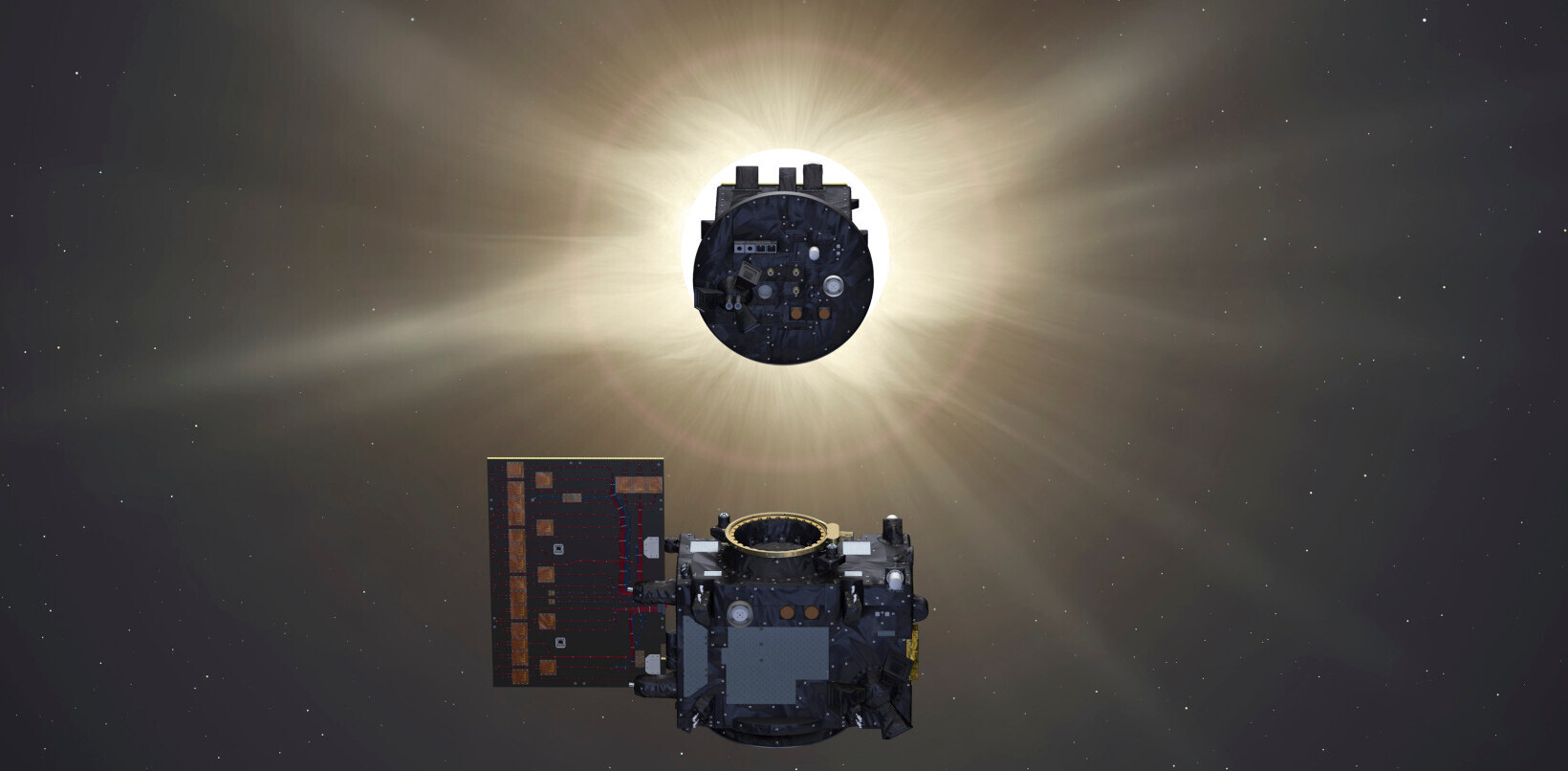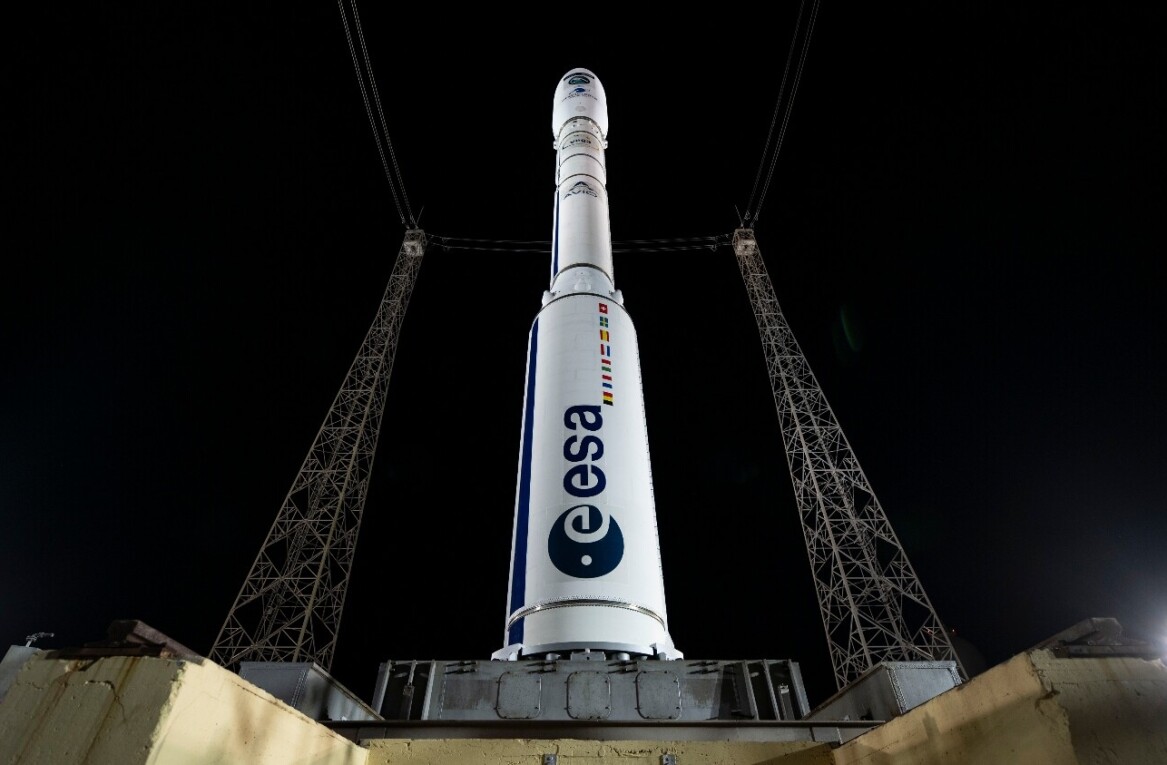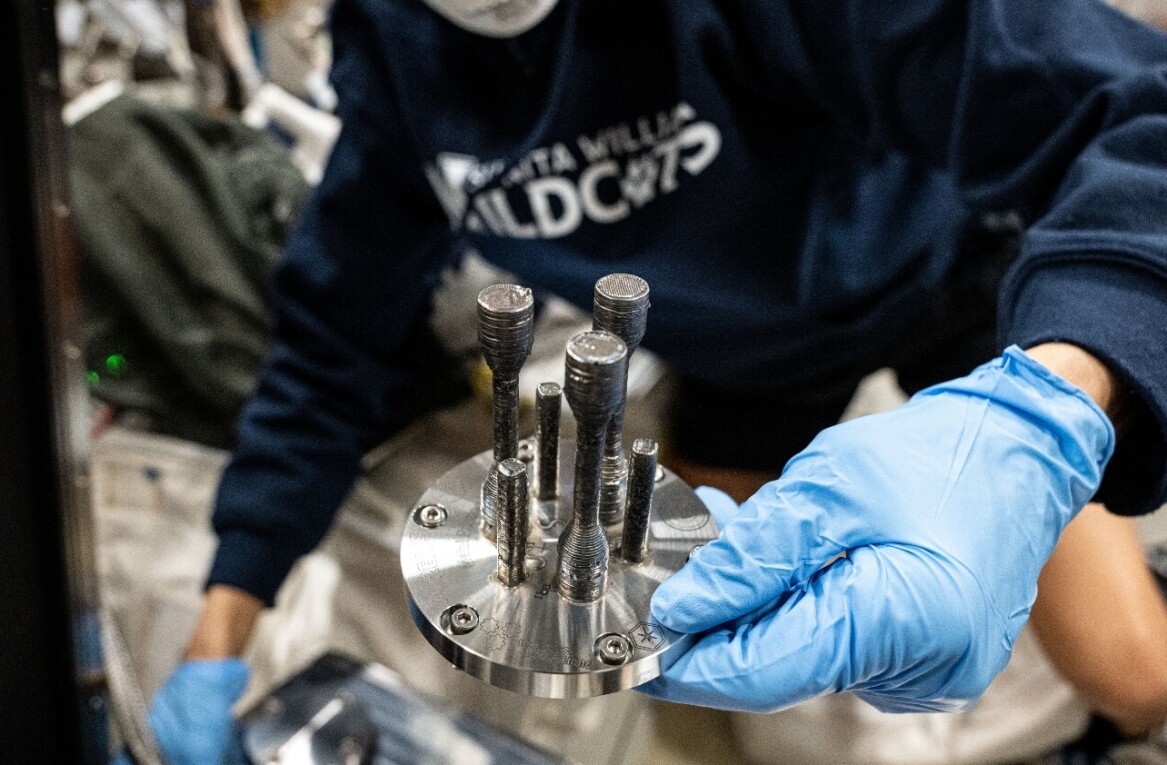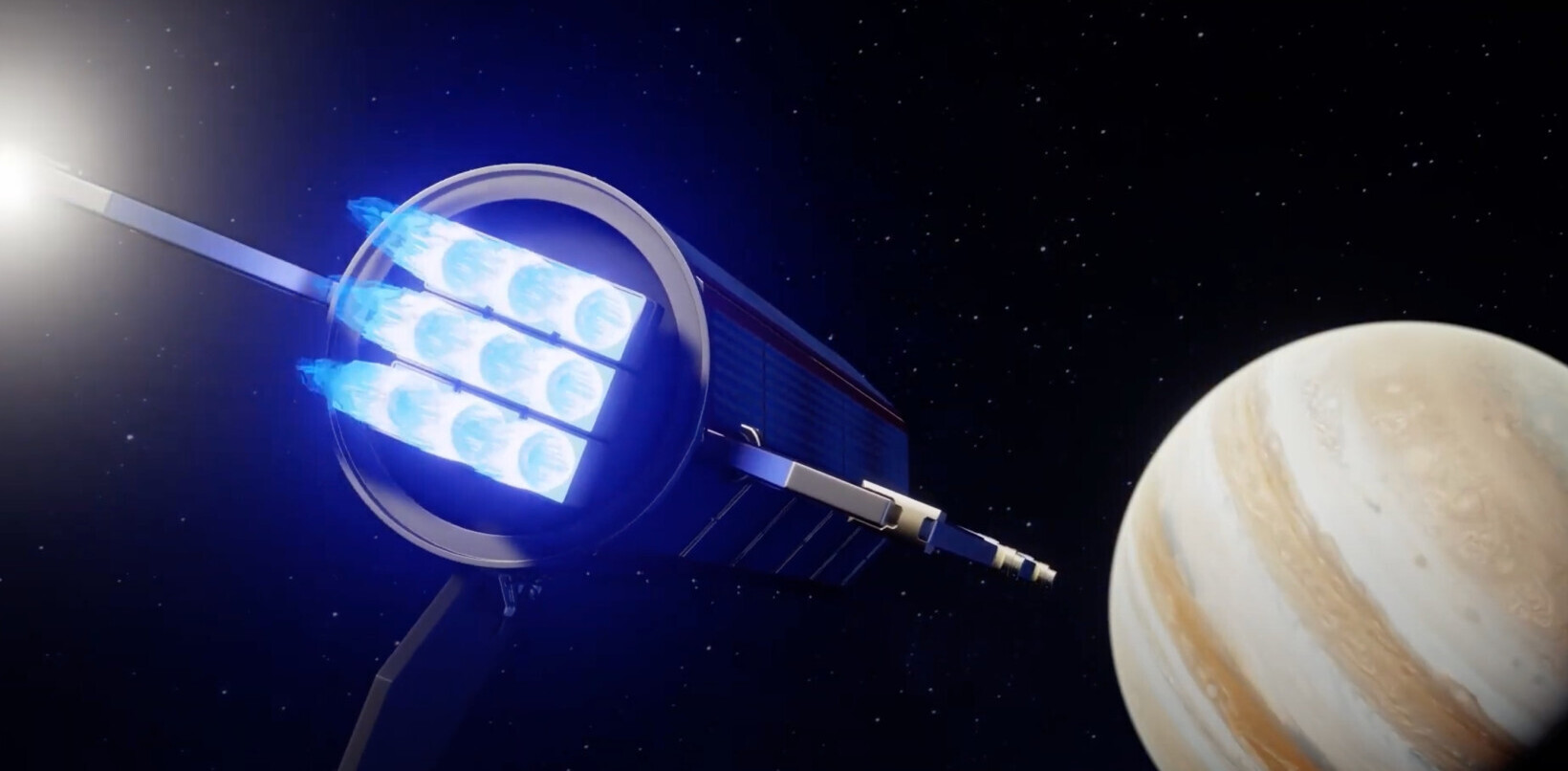
Astronomers searching for supernova explosions accidentally stumbled upon a supermassive black hole recently as it devoured a wandering star that had fallen into its grasp. It is now hoped that this amazing discovery – captured for the first time – will help scientists understand the environment in which galaxies developed billions of years ago.
Some of the most luminous and energetic phenomena in the Universe are powered by the gradual build-up of matter onto supermassive black holes in the centers of galaxies. When consuming matter, these black holes can shine brightly across the whole electromagnetic spectrum and in some cases produce jets of material which stream outward at close to the speed of light.
But supermassive black holes are not active all the time. So it would take more than a bit of luck to actually witness one of these monsters having a new meal. But that’s what happened when the international group of astronomers turned their collective gaze to a system of colliding galaxies called Arp299.
The astronomers were hoping to catch a glimpse of a supernova (the cataclysmic explosion which happens when a massive star dies) but instead saw a supermassive black hole tearing a star apart. Their findings directly imaged the results of the dramatic event. This project, led by Seppo Mattila of the University of Turku in Finland and Miguel Perez-Torres of the Astrophysical Institute of Andalusia in Spain, involved a team of 36 scientists from 26 institutions – including researchers from the Jodrell Bank Centre for Astrophysics – using telescopes from all around the world.
Now – for the first time – astronomers have pictures of the formation and expansion of the fast-moving jet of material which was ejected when the powerful gravity of a supermassive black hole tore apart the unlucky star. Only a small number of events of this kind – so-called Tidal Disruption Events (TDEs) – have ever been detected.
Previously, theorists had suggested that material pulled from a doomed star such as this formed a rotating disk around the black hole, emitting intense X-rays and visible light. It was also thought that it would launch jets of material outward from the poles of the disk at nearly the speed of light. Theories which have proved to be correct.
The first indication of this material pulled from doomed star came in January 2005 when astronomers discovered a bright burst of infrared emissions coming from the nucleus of one of the colliding galaxies in Arp 299, nearly 150m light-years from Earth. Later that year radio observations revealed a new, distinct source of emission from the same location as the new bright infrared source, which they were able to follow as it evolved.
Hiding in the dust
For the next few years, the team watched this new object using many of the most powerful telescopes in the world. While it remained bright at infrared and radio wavelengths, no visible or X-ray light was detectable. The location of this source of infrared emissions was buried deep within the dust-enshrouded heart of one of the colliding galaxies. It meant all of the X-ray and visible light expected to come from this source was absorbed by the dust before being re-emitted at longer wavelengths, in the infrared.
The researchers used the Nordic Optical Telescope on the Canary Islands and NASA’s Spitzer space telescope to follow the object’s infrared emission.
Over the course of nearly ten years, the radio emissions were tracked using a technique called Very Long Baseline Interferometry. This involves remotely connecting many of the world’s most powerful radio telescopes – including the European VLBI Network along with several e-MERLIN telescopes in the UK – in a series of simultaneous and coordinated observing campaigns.
This technique yields extremely high-resolution imaging and provided the only method available to image the evolution of this new phenomena. The results showed that the source of radio emission was expanding in one direction – just as expected for a jet. The measured expansion indicated that the material in the jet moved at an average of a quarter the speed of light.
The tip of the iceberg
Tidal Disruption Events like this are important episodes in the life of black holes and are thought to have been much more common in the distant universe. Disruption events, especially those witnessed in relatively local systems such as this, are important and unique opportunities to understand the consequences of such events, including how super-fast jets of material are formed and how they evolve.
![]() Only a few of these types of events have previously been witnessed with most seen in visible light in optical surveys. This event is different because its location was shrouded by thick layers of dust meaning that no visible light could be seen at all. This location, of course, is where we may expect such events to occur – in the centers of galaxies containing a black hole and where large numbers of stars are forming. As such this discovery may be the tip of the iceberg of a hitherto hidden population of similar dramatic events.
Only a few of these types of events have previously been witnessed with most seen in visible light in optical surveys. This event is different because its location was shrouded by thick layers of dust meaning that no visible light could be seen at all. This location, of course, is where we may expect such events to occur – in the centers of galaxies containing a black hole and where large numbers of stars are forming. As such this discovery may be the tip of the iceberg of a hitherto hidden population of similar dramatic events.
Robert Beswick, Research scientist & Head of Science Operations and Support, e-MERLIN/VLBI National Radio Astronomy Facility, Jodrell Bank Centre for Astrophysics, University of Manchester
This article was originally published on The Conversation. Read the original article.
Get the TNW newsletter
Get the most important tech news in your inbox each week.




